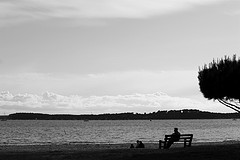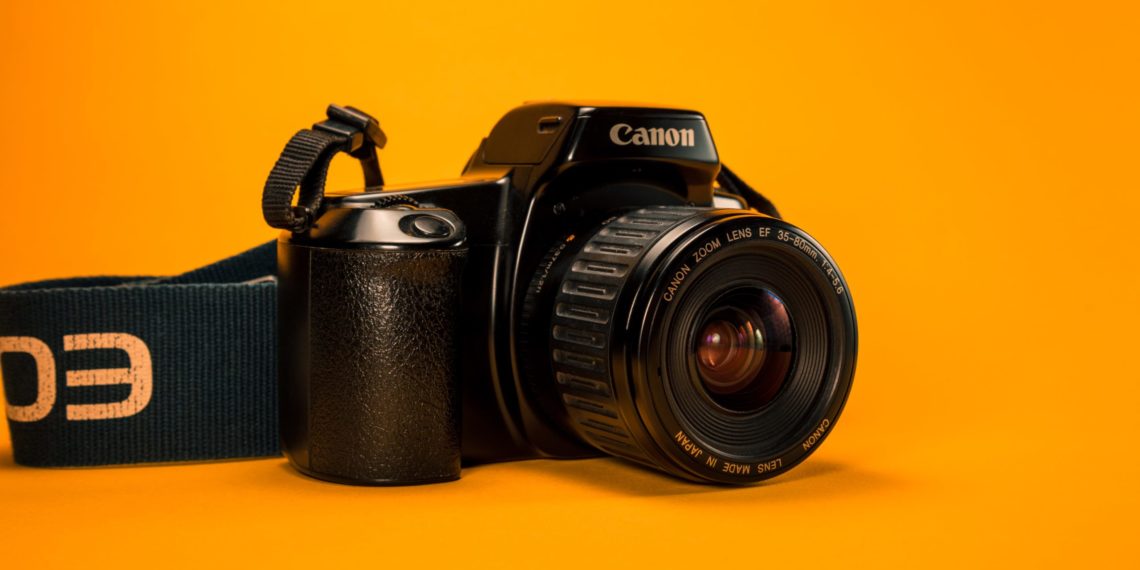When you grab your camera to take a picture, what do you think about before you press the shutter button? Do you think about it at all, or do you just press the shutter button and hope that there’s a nice leprechaun there to turn your shot into an unforgettable photo?
Pin this article on Pinterest for future reference!
Even if you won’t always have time to yourself… actually do To answer these questions, here are 10 things to think about before taking a picture, ranked by priority.
1. Why are you taking this picture?

Do you simply want to capture the beauty of a butterfly or the way light reflects, or the look of a mother looking at her baby with love, or have you stopped at a detail that has caused you to feel a particular emotion? In other words, what story are you telling? What is theemotion you want provoke in the people who will look at the picture? Which message do you want to pass it on?
2. What is the subject?

What or who is the point important of the image? The animal, the flower, the look, the lock of hair? What is the main point of interest of the cliché (the focal point)? What does the attention need to be focused on to make the message or emotion you want to convey clear? When you know this, you can decide where to place your subject at a strong point in the image by respecting the rule of third parties for example. You can also decide on the orientation in portrait or landscape.
3. Are you close enough?

Isn’t the subject too small? Pictures gain in intensity if your subject fills the frame. So get closer (with your feet) or bring the subject closer first, then zoom if that’s not enough. Moreover, this partly solves the 2 following questions! 😉
4. Are there other potential topics?

Are there any other elements that can interfere with playback of the image and distract that you just determined? From there, how can you proceed with the remove ? You can get closer, rotate around the subject, zoom in, use a reduced depth of field, change the orientation of the picture…
5. Are the foreground and background correct?

As a corollary to the previous question, the other elements of the image must not be allowed to interfere with its reading, and therefore they must be removed from the image (or why not the use) for highlight your subject. Same as before, move and use the depth of focus.
6. Where’s the light?

In other words, what is your main light source and where is it? Is it the sun, indoor lighting, a flash? If there are several sources, which is the brightest? Where is the source located? What effect does this have on the image in terms of colors, shadows? If you can change the source, try different configurations. You can also come back later to enjoy the golden hours for example. Are you going to take a picture deliberately against the light or do you want a well-lit subject? If there is not much light, you will have to find technical solutions to compensate: change the aperture, the shutter speed, the ISO sensitivity…
7. Is your picture straight?
Are the horizon or the vertical lines perpendiculars at the edges of the image? You may also want to have a “diagonal” picture, or enjoy the perspectives.
8. How will the photo be read?

In other words, what are the lines of force and how will the eye travel through the image? Can you use natural perspective to lead the eye to the subject for example? On the contrary, does a perspective lead the gaze away from the subject or out of the picture? (towards the frame)
9. Are your settings correct?
It’s frustrating to realize that you’ve kept the settings from a previous shot when they’re no longer appropriate. It’s a pity to have left it at ISO 1600 and to have noise on the picture when we took it in broad daylight… Remember to check this kind of details!
10. Are you smiling?

The best pictures are the ones you take with pleasure. It seems obvious, but if you’re not having fun, it’s a cliché!
All of these issues may seem numerous and complicated to you, and they are. And I anticipate your comments: obviously, if it’s a fleeting event, it’s better to trigger it and think afterwards. But you’ll see thatwith time and experienceyou’ll make decisions much faster because you’ll have integrated these questions and you won’t even consciously ask them anymore. Thus, you will be able to take beautiful pictures thinking about light and composition even in a hurry.
Do you have other important questions to share with us? Did you like this article? Leave a comment and subscribe free of charge to the newsletter 😉
And don’t forget to share the article! 🙂




Discussion about this post